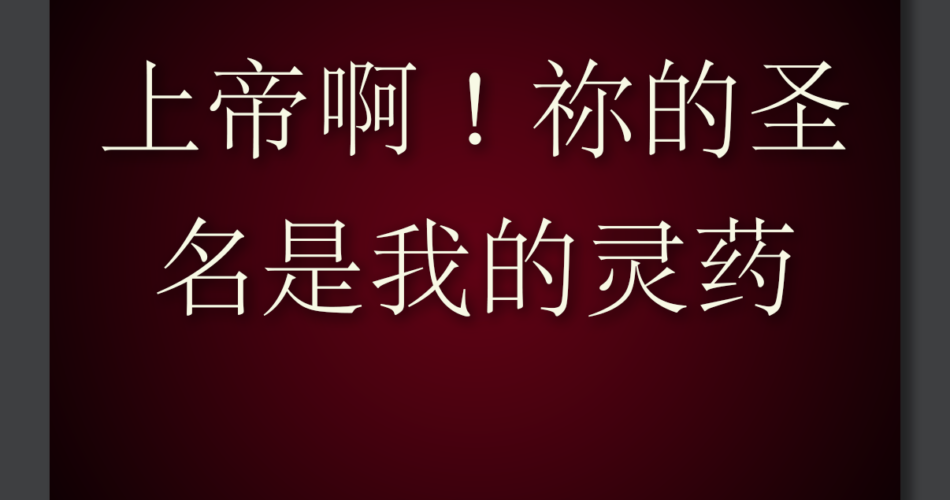上帝啊!祢的圣名是我的灵药,念记祢是我的良方,亲近祢是我的希望,眷爱祢是我的陪伴。祢给予我的仁慈,是我今生来世的灵药与救援。诚然,祢是普施者,全知者,全智者。
巴哈欧拉
يَا إِلَهِي اسْمُكَ شِفَائِي وَذِكْرُكَ دَوَائِي وَقُرْبُكَ رَجَائِي وَحُبُّكَ مُؤْنِسِي وَرَحْمَتُكَ طَبِيْبِي وَمُعِيْنِي فِي الدُّنْيا وَالآخِرَةِ وَإِنَّكَ أَنْتَ المُعْطِي العَلِيْمُ الحَكِيْمُ
حضرت بهاءالله
This short healing prayer, one of the most beloved of all Bahá’í prayers was revealed by Bahá’u’lláh as a part of Lawh-i-Tibb, also known as the “Tablet to a physician” and appears towards the very end of this tablet.
The Lawh-i-Tibb is a tablet containing specific teachings regarding medicine, health, and the nature of spiritual healing and was revealed by Bahá’u’lláh in ‘Akká in the late 1870’s and was addressed to Aqa Mírzá Muhammad-Riday-i-Tabib, a physician from Yazd, a man, according to Shoghi Effendi, who was a student of the old type of healing prevalent in the East and familiar with the terminology used in those days.
Aqa Mírzá Muhammad-Riday-i-Tabib was the recipient of a number of tablets from Bahá’u’lláh throughout his life. This most famous of the tablets he received has no authorized translation in English yet, though some provisional translations can be found online. The only part of the Tablet that has been officially translated is this short healing prayer.
Interesting Fact
The recurring long I in this prayer, which sounds like “ee” and gives the impression of rhyme, is a marker for the first-person singular pronoun “my” that is attached to nouns to make them possessive. Hence, shifáʼ means “healing,” and shifáʼí means “my healing.”
Further References
